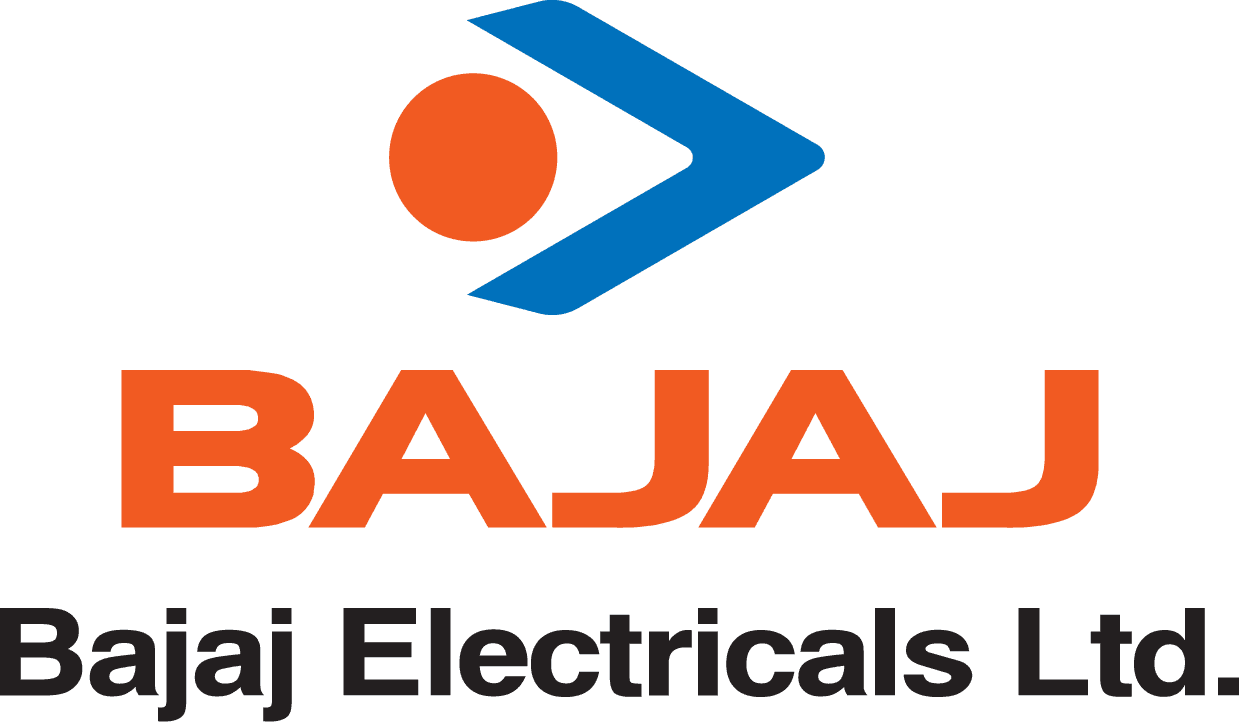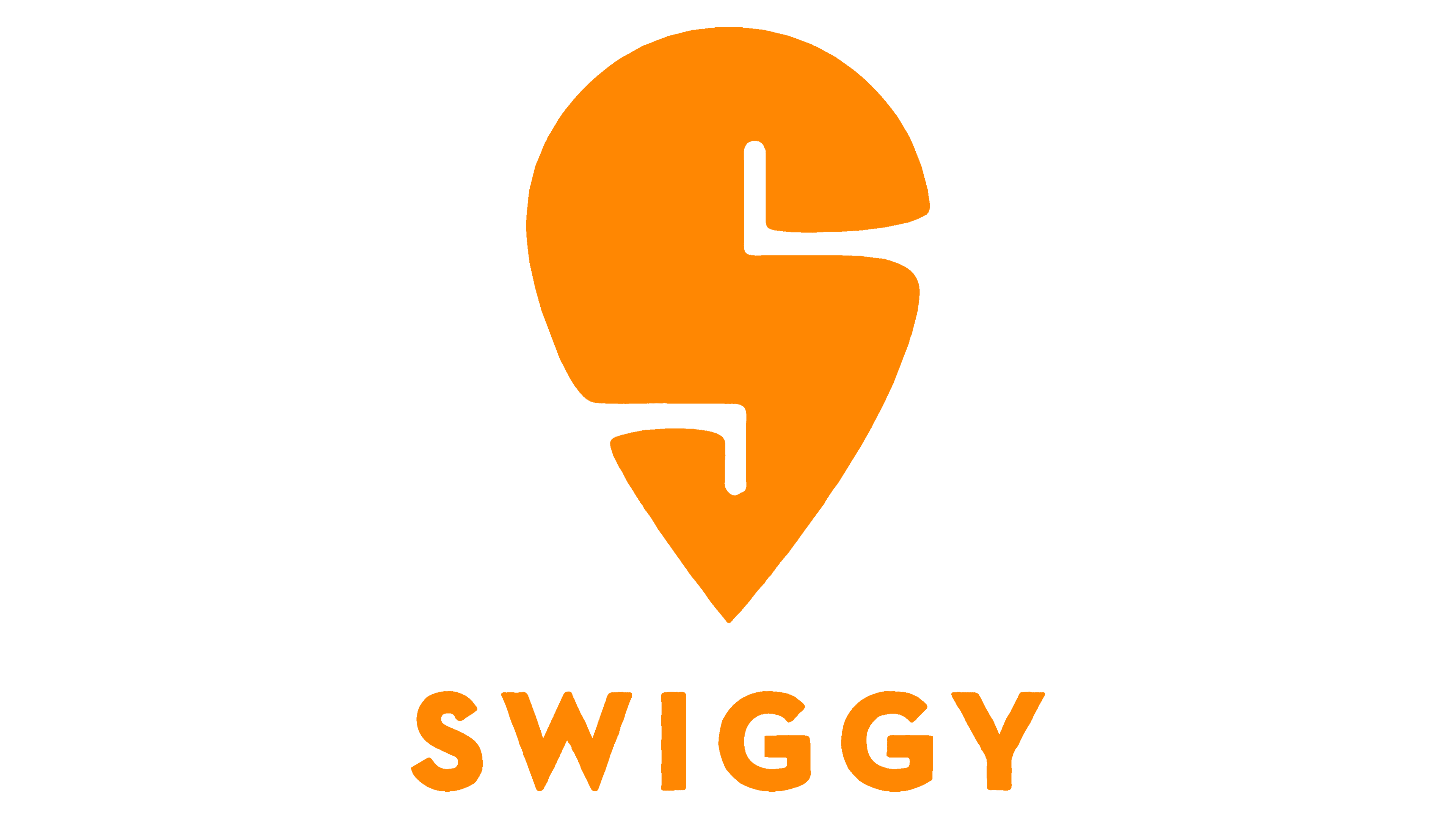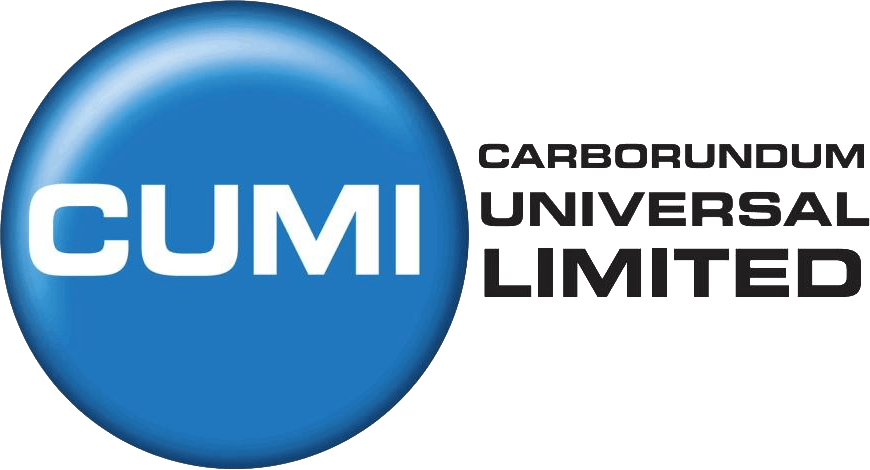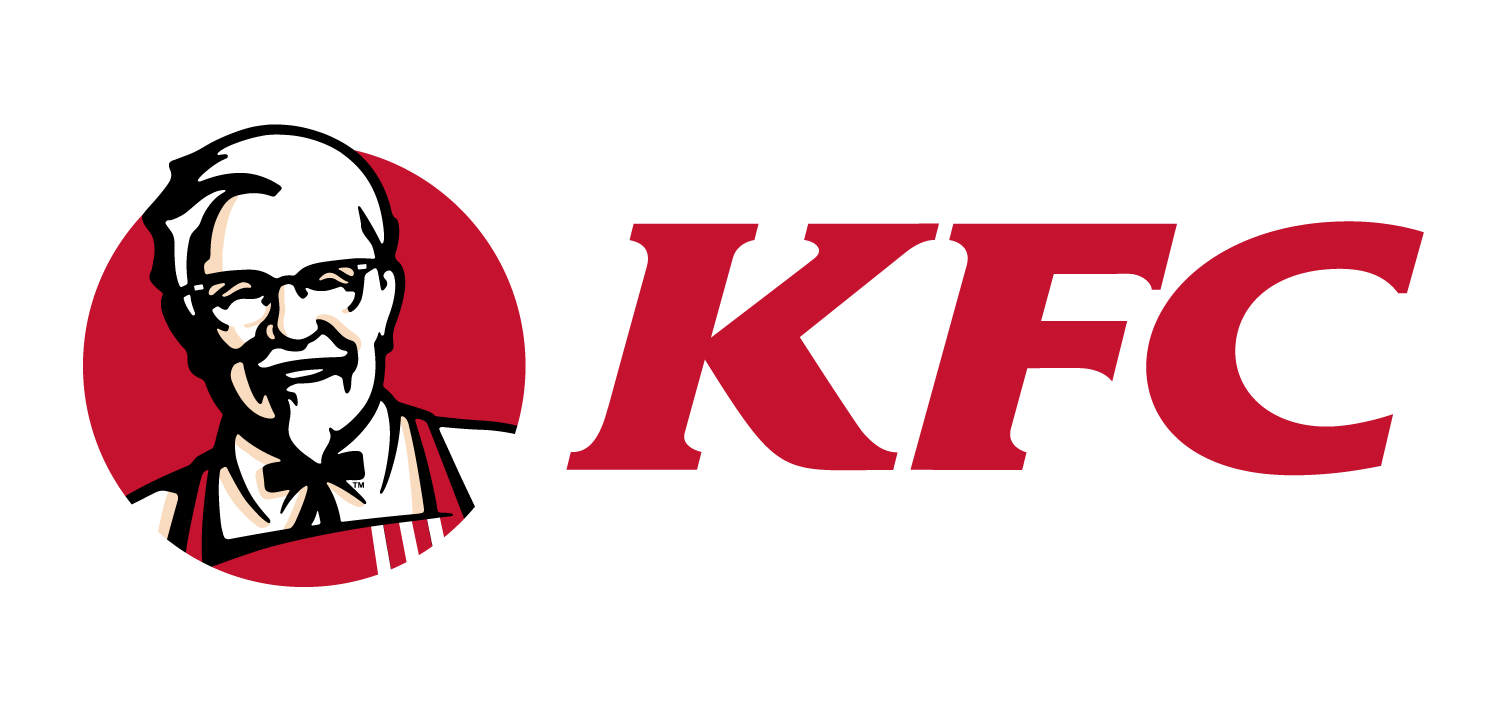Retail Execution Breakthrough: How to Leave Your Competitors in the Dust!
In the fast-paced and highly competitive world of retail, businesses face numerous challenges when it comes to executing their strategies effectively. From maintaining consistent brand messaging to optimizing product placement and ensuring seamless operations, retail execution plays a crucial role in the success of a business. However, there are several hurdles that retailers must overcome to achieve their desired outcomes. This article explores the common retail execution breakthrough and challenges with provides actionable insights on how to overcome them.

|
Table of Contents |
1. Introduction
In today’s retail landscape, businesses face a multitude of challenges when it comes to executing their strategies effectively. Retail execution refers to the implementation of various processes, tactics, and initiatives that ensure the successful delivery of a brand’s promise to the customers. However, there are several hurdles that retailers need to overcome to achieve optimal retail execution.
2. Understanding Retail Execution Challenges
Effective retail execution is essential for maintaining brand consistency, driving sales, and meeting customer expectations. However, numerous challenges can hinder this process. Some of the common retail execution challenges include:
➞ Lack of Communication and Collaboration
Communication gaps between different departments, such as marketing, merchandising, and operations, can lead to misalignment and inconsistencies in executing retail strategies. It is crucial to establish clear lines of communication and foster collaboration to overcome this challenge.
➞ Complex Store Operations
Managing multiple stores, coordinating inventory, and ensuring efficient supply chain management can be complex and time-consuming. Streamlining store operations is vital to eliminate inefficiencies and enhance productivity.
➞ Product Availability and Placement
Retailers must ensure that their products are consistently available to customers and placed strategically within the store. Challenges such as out-of-stock items and improper shelf positioning can negatively impact sales and customer experience.
➞ In-Store Visual Merchandising
Creating an appealing and engaging in-store environment is crucial for attracting customers and increasing sales. However, challenges such as poor visual merchandising or lack of attention to detail can undermine the overall shopping experience.
➞ Empowering Store Associates
Store associates play a pivotal role in delivering exceptional customer service. However, a lack of training, motivation, or empowerment can hinder their ability to provide a positive shopping experience.
➞ Leveraging Technology Solutions
Incorporating technology solutions, such as point-of-sale systems, inventory management software, and data analytics tools, can significantly enhance retail execution. However, integrating and optimizing these technologies can be a challenge for some businesses.
➞ Implementing Performance Tracking and Analytics
Tracking key performance indicators (KPIs) and leveraging data analytics is essential for monitoring retail execution effectiveness. However, many businesses struggle with implementing robust tracking systems and analyzing the data effectively.
➞ Providing Continuous Training and Development
Keeping store associates updated with the latest product knowledge, customer service skills, and industry trends is crucial for delivering an exceptional shopping experience. However, providing continuous training and development opportunities can be challenging for retailers.
➞ Overcoming Staffing Constraints
Finding and retaining qualified and motivated store associates can be a persistent challenge for retailers. Inadequate staffing levels can lead to poor customer service and hinder overall retail execution.
➞ Enhancing Customer Experience
Creating a seamless and personalized customer experience is a top priority for retailers. However, challenges such as long wait times, limited payment options, or inconsistent service can impact customer satisfaction.
➞ Managing Inventory and Supply Chain
Maintaining optimal inventory levels, ensuring timely replenishment, and managing the supply chain efficiently are critical for retail success. However, complexities within the supply chain can pose challenges for retailers.
➞ Building a Culture of Accountability
Establishing a culture of accountability within the organization is vital for ensuring consistent retail execution. Challenges may arise when employees are not aligned with the company’s goals or lack a sense of responsibility.
3. Enhancing Communication and Collaboration
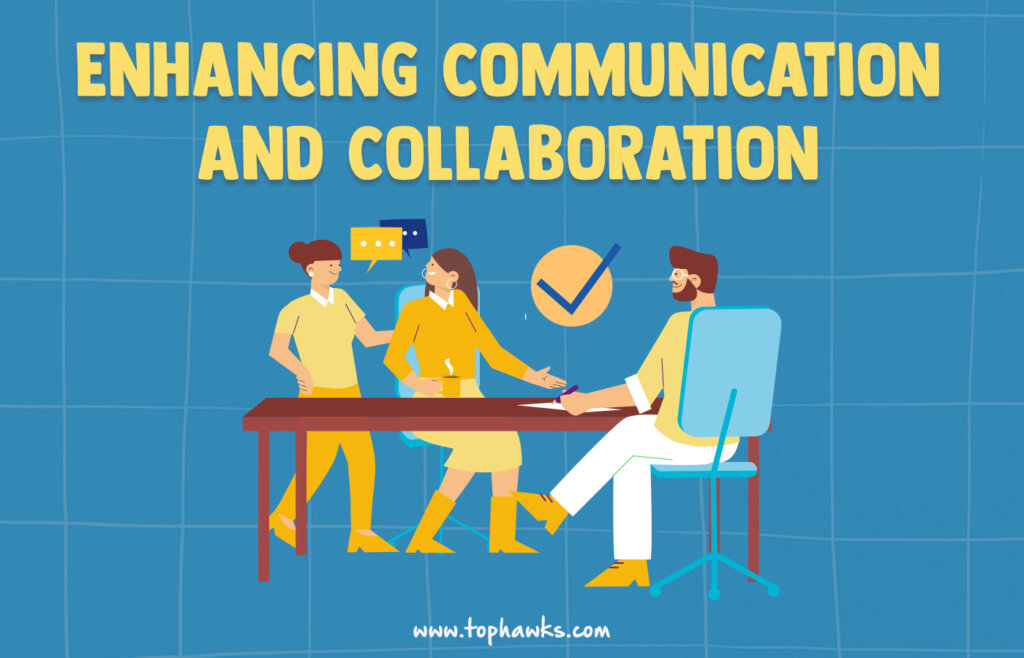
To overcome the challenges associated with communication gaps and lack of collaboration, retailers should:
-
Foster open lines of communication between different departments.
-
Encourage cross-functional collaboration through regular meetings and shared objectives.
-
Utilize collaboration tools and project management software to streamline communication processes.
4. Streamlining Store Operations
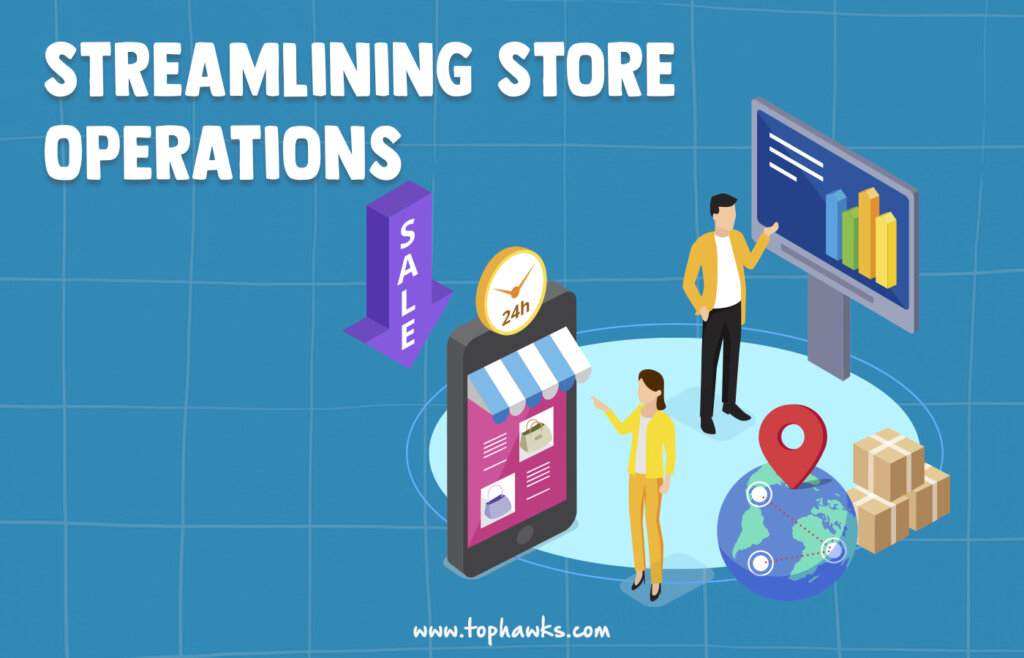
To simplify store operations and improve efficiency, retailers can:
-
Implement standardized operating procedures across all stores.
-
Leverage technology solutions to automate manual tasks and streamline processes.
-
Conduct regular audits to identify areas for improvement and eliminate bottlenecks.
5. Ensuring Product Availability and Placement
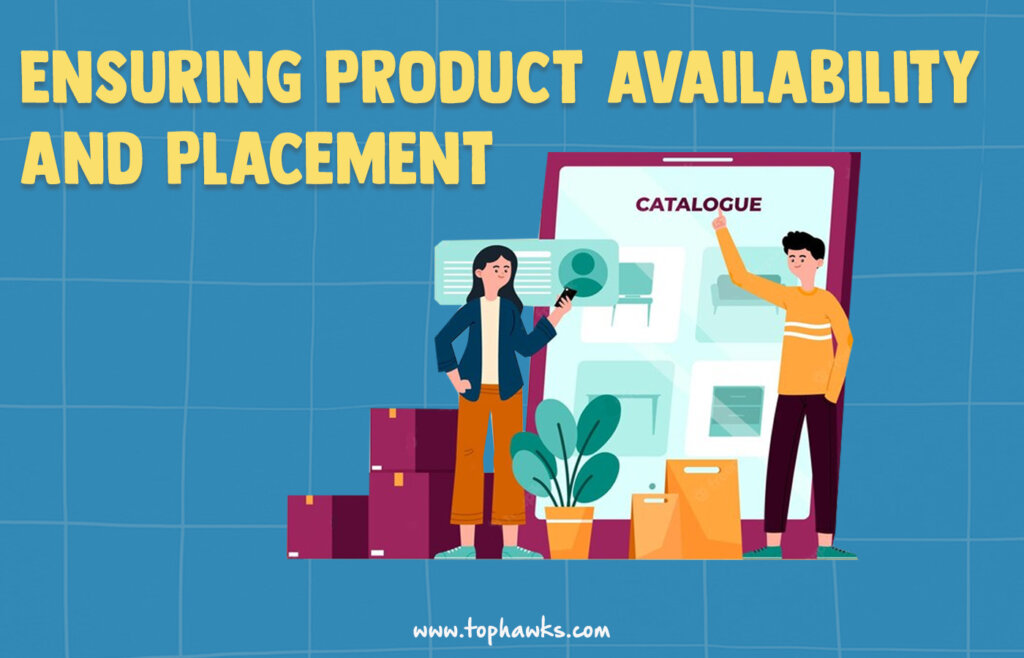
To optimize product availability and placement, retailers should:
-
Implement robust inventory management systems to monitor stock levels.
-
Conduct regular store audits to ensure proper product placement.
-
Utilize planograms and visual merchandising guidelines for consistent displays.
6. Optimizing In-Store Visual Merchandising
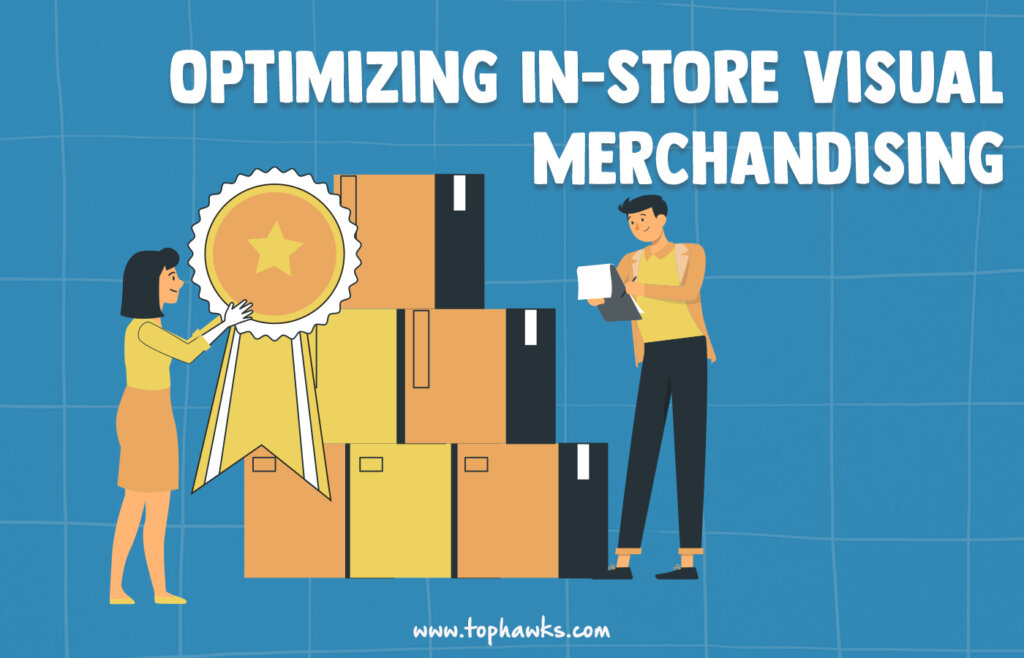
To create visually appealing store environments, retailers can:
-
Invest in attractive signage, lighting, and display fixtures.
-
Train store associates on effective visual merchandising techniques.
-
Regularly update displays to keep the store fresh and enticing.
7. Empowering Store Associates
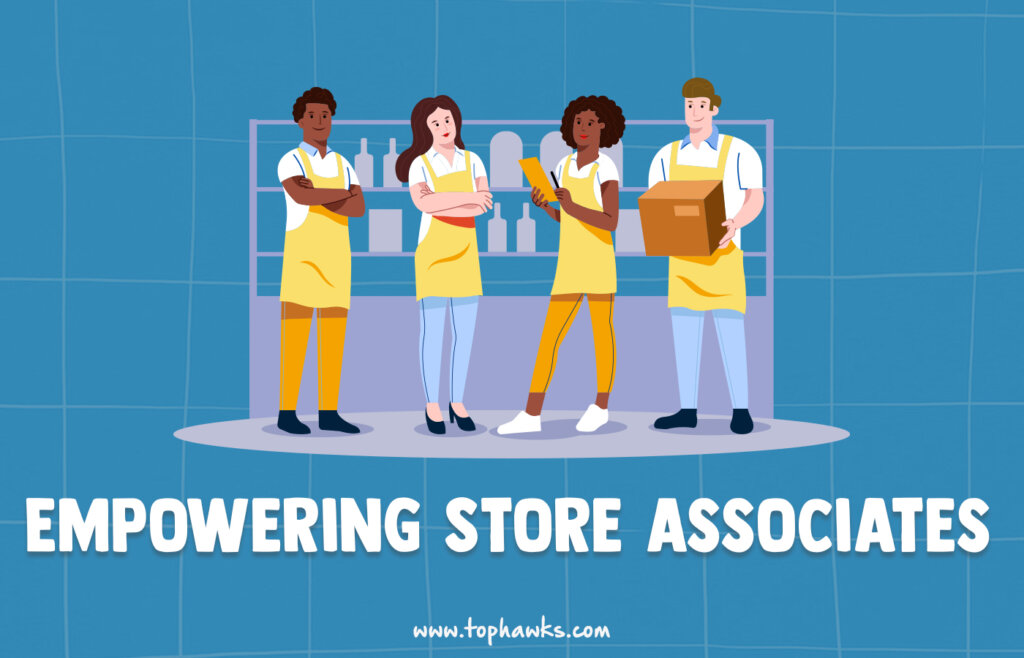
To empower store associates and enhance their performance, retailers should:
-
Provide comprehensive training programs to improve product knowledge and customer service skills.
-
Encourage autonomy and decision-making within defined parameters.
-
Recognize and reward exceptional performance to boost motivation.
8. Leveraging Technology Solutions
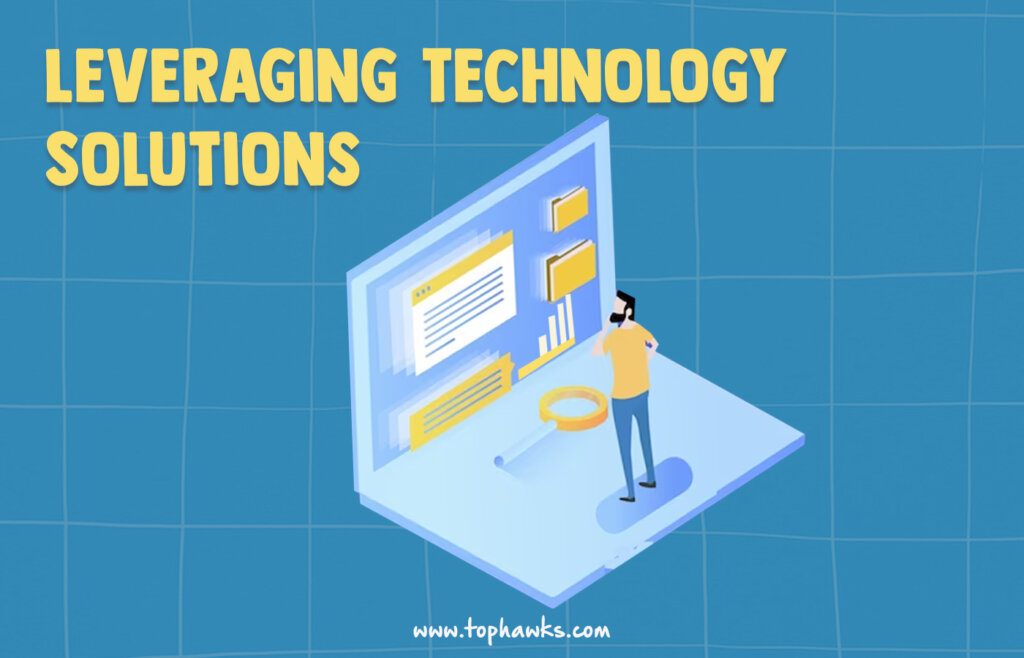
To maximize the benefits of technology solutions, retailers can:
-
Invest in user-friendly and integrated software solutions.
-
Provide training and support to ensure proper utilization of technology.
-
Continuously monitor and update systems to stay ahead of technological advancements.
9. Implementing Performance Tracking and Analytics
![]()
To leverage data effectively and track performance, retailers should:
-
Define key performance indicators (KPIs) aligned with retail execution goals.
-
Utilize analytics tools to gather and analyze relevant data.
-
Regularly review performance metrics and make data-driven decisions.
10. Providing Continuous Training and Development
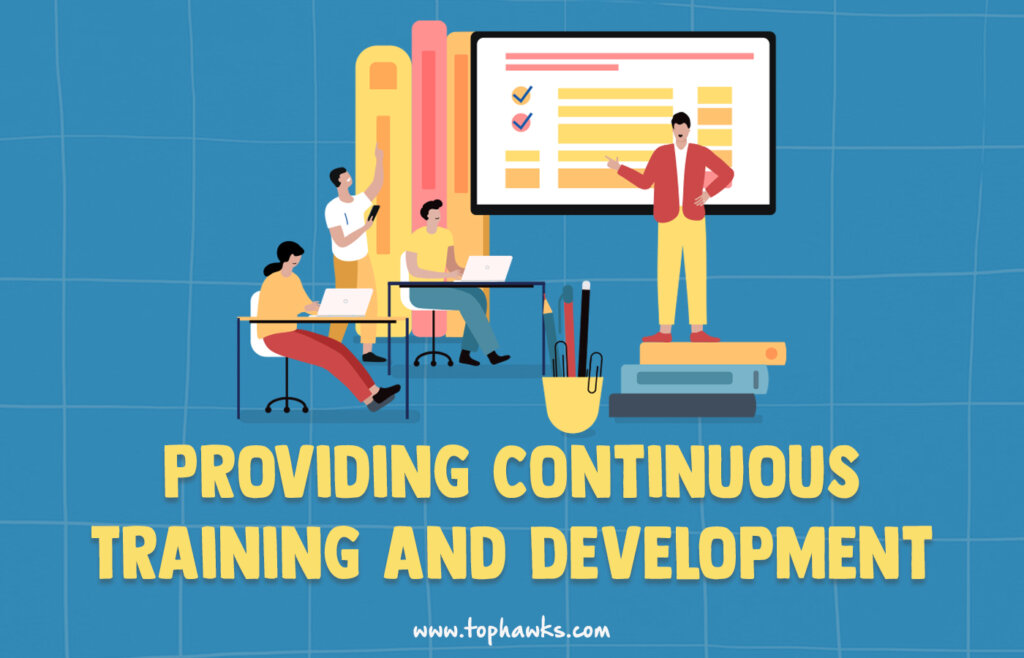
To ensure ongoing growth and development of store associates, retailers can:
-
Offer regular training sessions and workshops on industry trends and best practices.
-
Provide opportunities for skill-building and career advancement.
-
Encourage participation in conferences and industry events for knowledge sharing.
11. Overcoming Staffing Constraints
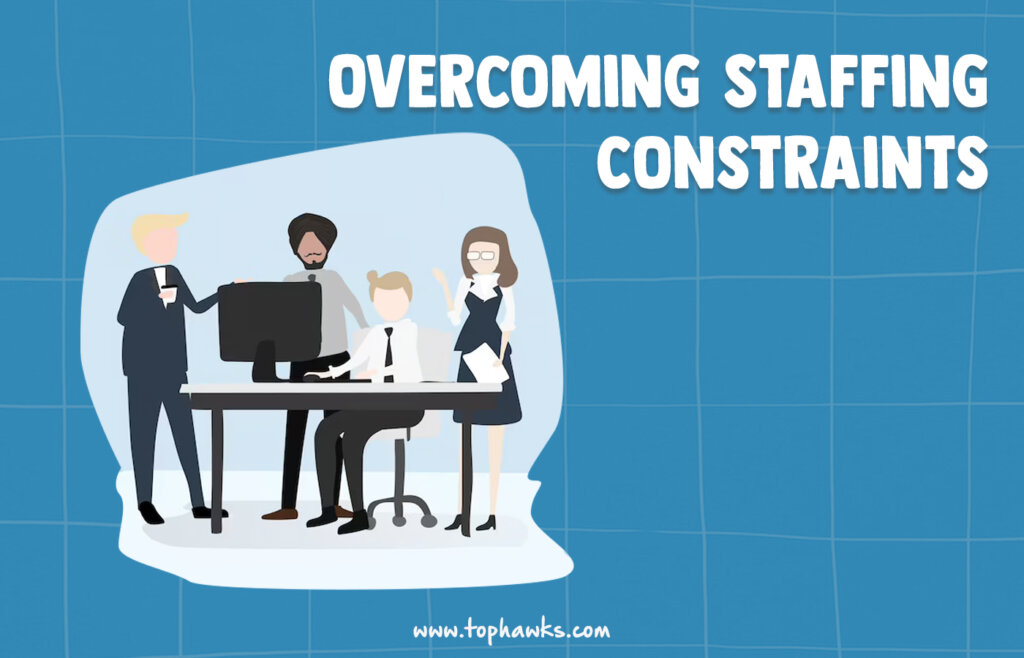
To address staffing challenges, retailers should:
-
Optimize recruitment and selection processes to attract top talent.
-
Offer competitive compensation and benefits packages.
-
Foster a positive work environment and provide opportunities for growth.
12. Enhancing Customer Experience
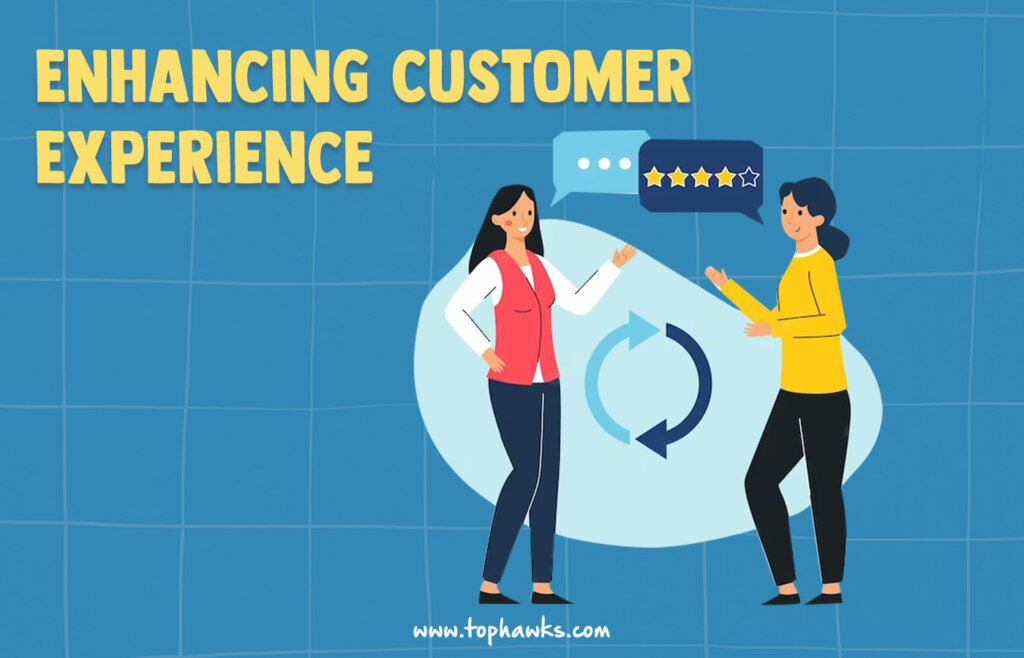
To deliver exceptional customer experiences, retailers can:
-
Implement streamlined checkout processes and multiple payment options.
-
Personalize interactions through loyalty programs and targeted marketing.
-
Gather customer feedback and use it to improve service and operations.
13. Managing Inventory and Supply Chain

To optimize inventory management and supply chain, retailers should:
-
Adopt inventory management software for accurate forecasting and replenishment.
-
Collaborate with suppliers to ensure timely delivery and minimize stockouts.
-
Continuously evaluate and optimize supply chain processes for efficiency.
14. Building a Culture of Accountability
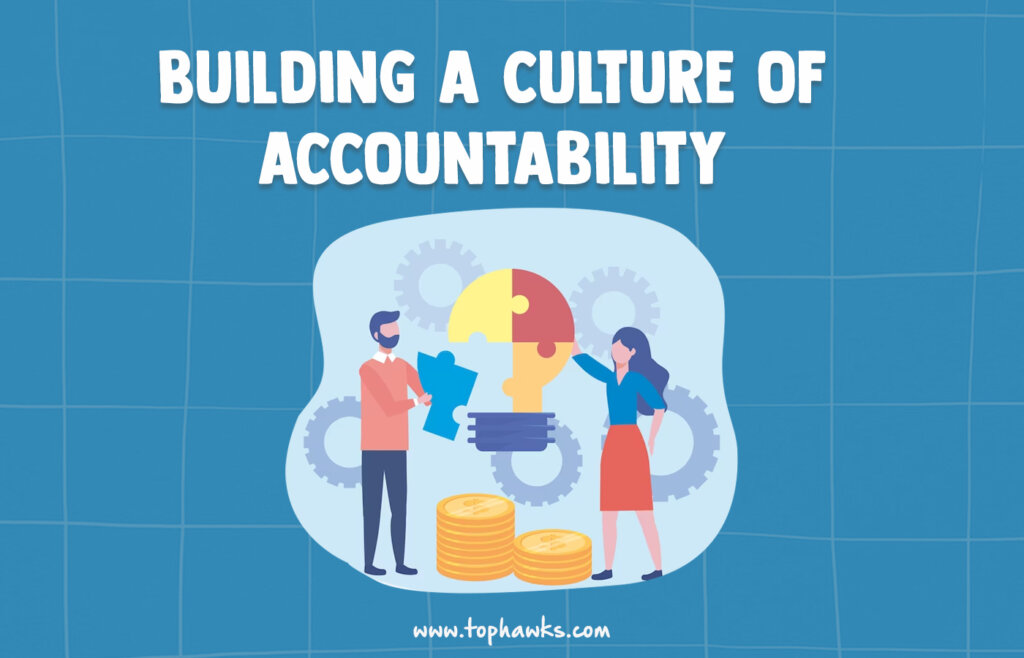
To establish a culture of accountability, retailers can:
-
Set clear expectations and goals for employees at all levels.
-
Provide regular feedback and performance evaluations.
-
Recognize and reward individuals who demonstrate accountability and initiative.
15. Conclusion
Overcoming retail execution challenges is crucial for retailers to achieve their business objectives and thrive in a competitive market. By addressing communication gaps, streamlining operations, empowering store associates, leveraging technology, and focusing on customer experience, retailers can enhance their retail execution strategies and drive success.
FAQs (Frequently Asked Questions)

Q1: How can retailers improve communication between different departments?
A: Retailers can foster open communication channels, encourage collaboration, and utilize collaboration tools and software.
Q2: Why is visual merchandising important in retail?
A: Visual merchandising creates an appealing in-store environment, attracts customers, and enhances the overall shopping experience.
Q3: What technology solutions can retailers use to optimize retail execution?
A: Retailers can leverage point-of-sale systems, inventory management software, and data analytics tools to enhance retail execution.
Q4: How can retailers ensure product availability and proper placement?
A: Retailers should implement inventory management systems, conduct store audits, and utilize planograms for consistent product placement.
Q5: How can retailers overcome staffing constraints?
A: Retailers can optimize their recruitment processes, offer competitive compensation and benefits, and create a positive work environment to attract and retain top talent.
Trusted by 500+ Clients
Get in Touch
We are here for you, and we are wearing our thinking caps




